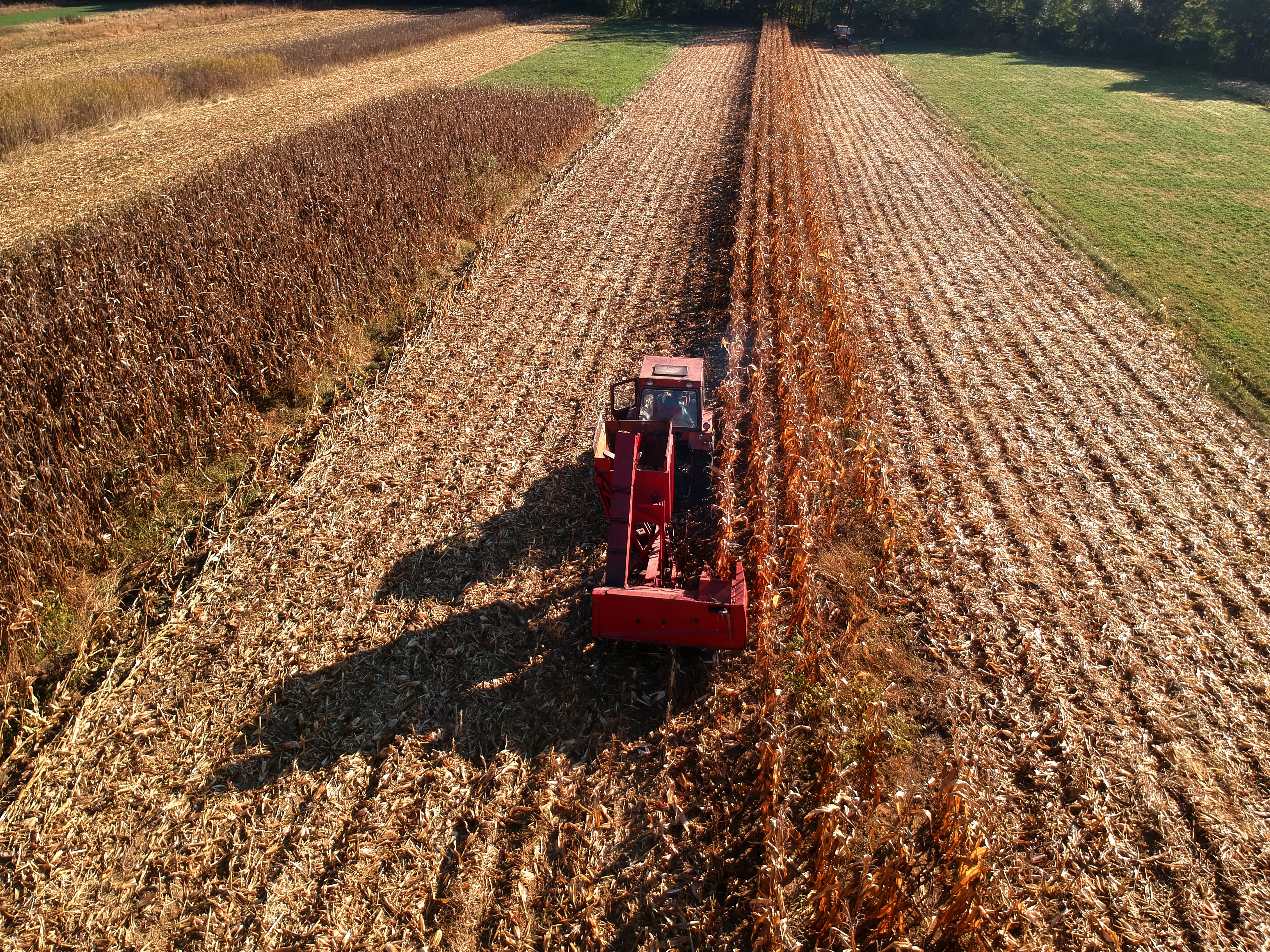Share This
The past decade has been a boon for farmers markets, farm-to-fork restaurants, and demand for local products in all corners of the food world. This demand exhibits a growth in consumer knowledge and attention to where food comes from. Transparency in every step an ingredient takes to one’s plate has proved to be anything but a fad as consumer awareness continues to grow and encompass new questions and concerns. Identity-preserved (or IP) products are a result of this ever-growing desire for more information, providing the traceability and quality manufacturers are looking for and the transparency consumers are starting to demand.
Consumer Trends
At the Whole Grains Conference in 2018, Melissa Abbott of The Hartman Group presented on consumer trends in contemporary food culture, and highlighted ‘mindful sourcing’. Consumers are asking meaningful questions about the origins of their food and seeking a narrative behind the ingredients they are buying. Value is placed not only on where ingredients come from, but how they are grown, and what chemicals were or were not used to produce them. Consumers are increasingly interested in knowing about the soil health and regenerative farming practices used to cultivate a specific ingredient. This is a change from the questions consumers historically were most concerned with, namely the amount of specific macro nutrients a product contained. Though the nutrients in a product, such as the fiber and fat levels, are still extremely important to consumers, these attributes no longer enjoy consumers’ undivided attention. We have seen the market respond to these new consumer questions with packages carrying what Abbott calls ‘farm driven messaging’, which includes information about the actual space of production, and who is growing the ingredients and how. The relatively recent uptick in certifications and product labels competing for packaging space further exhibits how the market is finding innovative ways to meet consumer demand for more quality information on how ingredients are grown.
Abbott also spoke to the importance of the progressive consumer, or those ahead of the curve, asking these questions first before they become more mainstream. These are the consumers that were asking where their food came from, or if their beef was grass-fed 10-15 years ago. The staying power of their questions, Abbott pointed out, makes them important consumers to pay attention to. These consumers have moved ‘beyond organic’ and are looking to know even more about their food and how it is grown.
Tracebility, Transparency, and IP crops
Whole grains confer health benefits that are, and always will always be, important to consumers, but they also offer an opportunity to answer consumers’ new questions, especially those relating to sustainability and growing practices. As an ingredient, grains give farmers and manufacturers the opportunity to communicate the information
about sustainability and regenerative agriculture that consumers are starting to demand. The grain world is brimming with the qualities consumers are looking for in products and consumers are digging in to learn more, whether it’s becoming familiar with the story behind Kamut®, learning about the quinoa used in their cereal, looking for more information on perennial grains like kernza, or simply wanting to be sure their oats are gluten-free.
Generally, in a commodity food system, grain is gathered from many farms into one distribution hub, making it impossible to parse out which grains came from which farms. Identity-preserved products, however, can be traced all the way back from your fork to the farm where they grew. According to the Farmer’s Business Network, “Identity preservation is the process of segregating commodities that require a specific trait or quality of the crop to be maintained from seed until it reaches the end market.” So, with an identity-preserved grain, a trait or quality – be it gluten-free or bio-dynamically-grown – can be traced through each step of its journey to your plate ensuring the prescribed standards are upheld.
The Specialty Soya and Grains Alliance (SSGA), offers valuable insight into traceability and IP products, providing resources that communicate the quality, diversity, and availability of identity-preserved specialty grain products to their members, who are generally growers, producers, processors and shippers. SSGA representatives explained to us that traceability doesn’t just provide transparency and ensure safety, but also ensures growers get a fair premium for their products and tells the buyers that they’re getting what they expect and that it’s worth the price. “We believe that traceability is key for consumer confidence and is of the utmost importance to ensure that safe, healthy, high-quality food products have a market.” The SSGA has also found, similar to the Hartman Group’s conclusions, that consumers have started to ask for more information about where their food was grown and how. Identity-preserved field crops enable end users to tell a clear story with confidence.
Regardless of the questions you are asking of the products on your grocery store shelves, the growing trends show that if you don’t already have your answer, you just might get it soon enough. Transparency and traceability is in vogue, and manufacturers continue to find ways to answer consumers’ growing demand for more information about the food they purchase. Let us know what grains you would like to see more farmer-driven messaging about below! (Abby)




Comments
Add a Comment